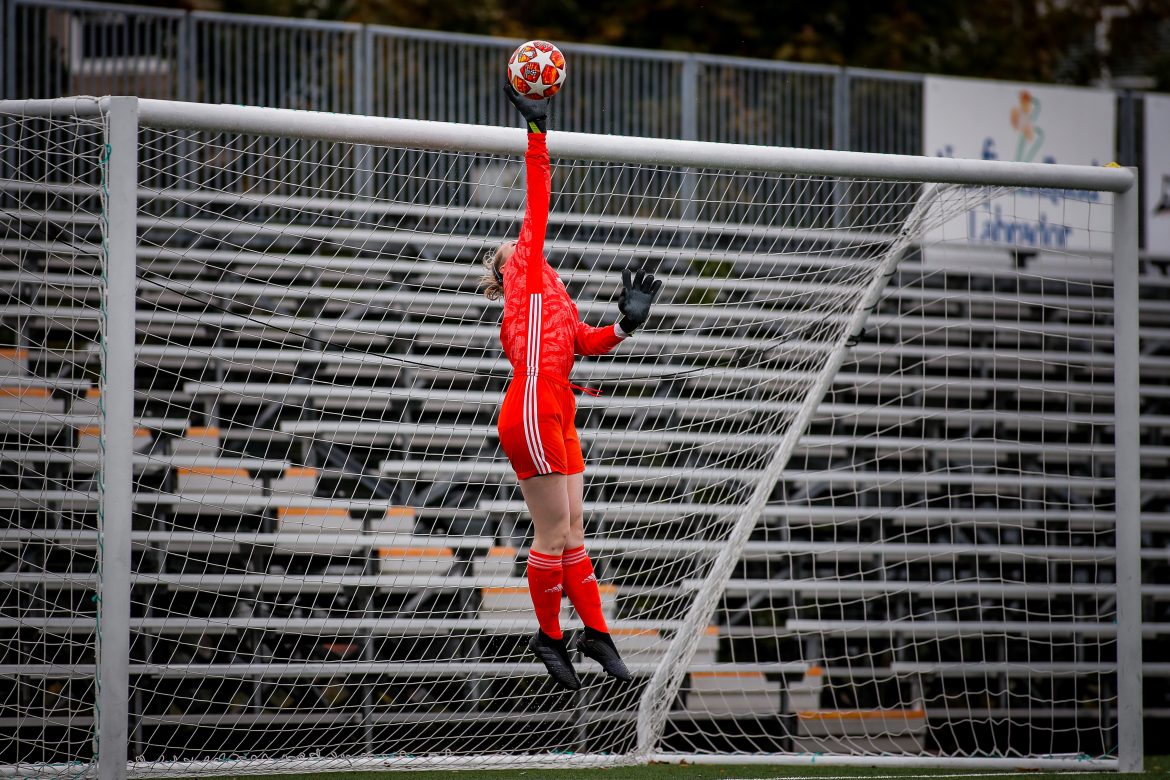Shin guards are essential pieces of equipment for soccer players, especially for goalkeepers who face high-impact shots and tackles. However, not all shin guards are the same. There are different types of shin guards that offer different levels of protection, comfort and mobility. In this article, we will compare the advantages and disadvantages of three common types of shin guards: slip-in shin guards, ankle shin guards and shin socks.
Slip-in Shin Guards
Slip-in shin guards are portable and lightweight. They are worn under the socks and can be secured with tape or compression sleeves. They are usually made of synthetic materials such as fiberglass, foam rubber or polyurethane.
Advantages
- Slip-in shin guards provide more flexibility and movement for the goalkeeper, which is important for diving and saving shots.
- Slip-in shin guards are easy to put on and take off, which can save time and hassle before and after the game.
- Slip-in shin guards are less bulky and more breathable than other types of shin guards, which can reduce sweating and discomfort.
Disadvantages
- Slip-in shin guards offer less protection than other types of shin guards, especially for the ankles and lower legs. This can increase the risk of injury from kicks and impacts.
- Slip-in shin guards can slide or shift during the game, which can affect their effectiveness and require constant adjustment.
- Slip-in shin guards may not fit well for some players, depending on their leg shape and size. They may also cause skin irritation or allergic reactions for some players.
Ankle Shin Guards
Ankle shin guards offer more protection than slip-in shin guards. They usually come with extra padding on both sides of the ankle and a strap or elastic band to secure them around the calf. They also have stirrups that slide under the feet to keep them in place. They are often made of plastic or polyurethane.
Advantages
- Ankle shin guards provide more coverage and cushioning for the shin, ankle and lower leg, which can reduce the impact of kicks and collisions.
- Ankle shin guards are more stable and secure than slip-in shin guards, as they have multiple features to prevent them from sliding or shifting.
- Ankle shin guards are suitable for most players, regardless of their leg shape and size. They are also less likely to cause skin irritation or allergic reactions.
Disadvantages
- Ankle shin guards are heavier and bulkier than slip-in shin guards, which can affect the mobility and agility of the goalkeeper.
- Ankle shin guards are more difficult to put on and take off than slip-in shin guards, which can be inconvenient and time-consuming.
- Ankle shin guards are less breathable than slip-in shin guards, which can cause sweating and discomfort.
Shin Socks
Shin socks are a combination of socks and shin guards. They have built-in padding that covers the front of the shin. They are usually made of cloth or synthetic materials.
Advantages
- Shin socks are convenient and ergonomic, as they eliminate the need for separate socks and shin guards.
- Shin socks provide adequate protection for the shin without compromising mobility or comfort.
- Shin socks are easy to wash and maintain, as they can be thrown in the laundry with other clothes.
Disadvantages
- Shin socks offer less protection than ankle shin guards, especially for the ankle and lower leg. They also offer less flexibility than slip-in shin guards, as they cannot be adjusted or removed during the game.
- Shin socks may not fit well for some players, depending on their leg shape and size They may also cause blisters or chafing if they are too tight or too loose.
- Shin socks may not be approved by some football associations or leagues, as they may not meet the standards or requirements for safety or quality.
Conclusion
As you can see, there is no one-size-fits-all solution when it comes to choosing the best type of shin guard for goalkeepers. Each type has its own pros and cons that need to be weighed against your personal preferences, needs and goals. Here is a summary table that compares the three types of shin guards:
| Type | Protection | Mobility | Comfort | Convenience |
| — | — | — | — | — |
| Slip-in | Low | High | High | High |
| Ankle | High | Low | Low | Low |
| Shin Sock | Medium | Medium | Medium | Medium |
Ultimately, the best type of shin guard for you is the one that makes you feel confident, comfortable and safe on the field. We hope this article has helped you make an informed decision and find the perfect shin guard for your game.
